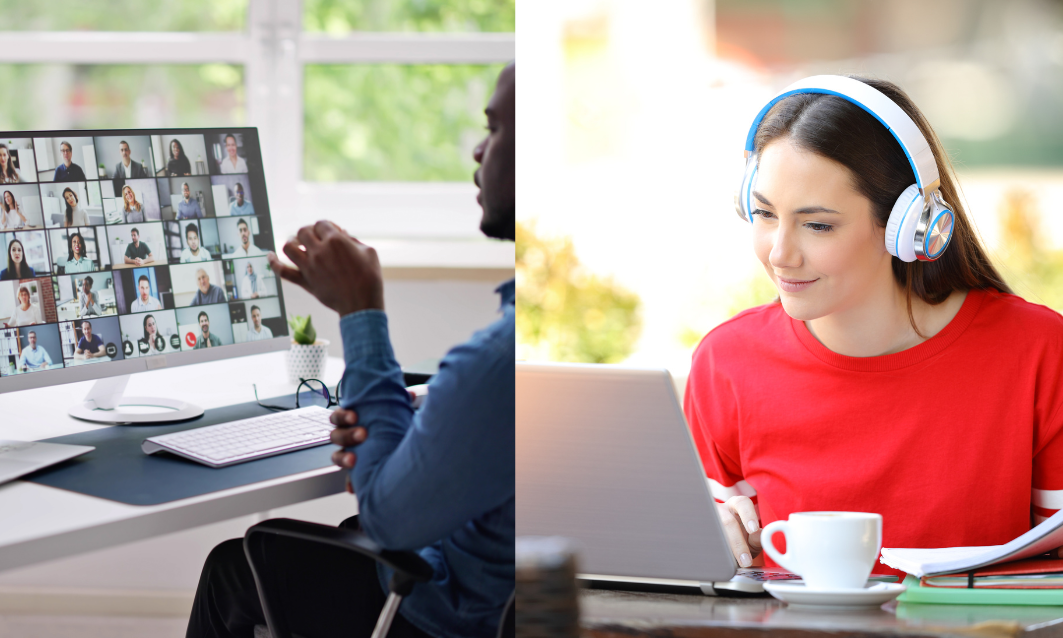 One of my goals in life is to help learning practitioners and subject matter experts really understand that a powerpoint deck converted to elearning is not a great learning experience. Powerpoint decks and other source materials are great raw materials to create an awesome course, but your powerpoint deck with bullet points and lots of “information” on each slide will never be an effective learning experience.
One of my goals in life is to help learning practitioners and subject matter experts really understand that a powerpoint deck converted to elearning is not a great learning experience. Powerpoint decks and other source materials are great raw materials to create an awesome course, but your powerpoint deck with bullet points and lots of “information” on each slide will never be an effective learning experience.
Ultimately, you want to see all of the raw materials in order to truly build an effective course for your learners, but a deck is just the raw materials. Elearning is more than just adding interactions and quizzes into information. The world has enough information these days, just ask Google. Your learners need to know how information fits into their job to make them more successful. That is truly when learning can be effective.
Look, you are the subject matter expert. Your job is to get all of the knowledge to transfer from your head to someone else’s. Our job is to take that knowledge and make it meaningful to the learner so they can be as smart as you!
How Is What We Do Different Than Just a Course Conversion?
We create Learner-Centered Design versus Content-Centered Design.
At TLS Learning, we focus on learner-centered design. This means we look at real life activities and experiences that can make the information/content come to life. We start with the activity and build the necessary content knowledge around it. This is a very different approach than being content-centered. Content-centered design means you are presenting information to the learner and hoping they figure out how it applies to their job. This is a huge distinction and needs to be included in the design process.
So Are You Saying You Can’t Do a Powerpoint to Course Conversion Project?
No, however we consider the information in the powerpoint deck to be only one ingredient in the bigger picture. When you give us your powerpoint deck, don’t be surprised when the course you receive looks different (and much better!).
Below are the top 5 changes you will see:
Powerpoint
- Heavy content focus
- Bulleted lists
- Lots of text on each screen
- Linear flow
- No interactions
Online Course
- Learner Action Focus (focused on what they need to do and then the knowledge needed to do it).
- We don’t believe in bullet points at TLS Learning. Visuals and other ways of linking points together are key.
- We take out most of the text. We will use other multimedia or visual ways to portray the same message.
- Flow is focused around the outcome not the flow of information.
- Interactions are built with purpose and around the outcome not just to break up information.
I Have a Small Budget. Does This Approach Increase Costs?
In some cases it will but not necessarily. We can still build an effective module with very basic interactions and still keep it learner focused. However, there are times it is essential to look beyond the immediate expense to the ROI. You can get a very basic conversion (ppt – online), but you won’t get the level of return you are looking for, as most of the time little to no learning is taking place. For a bit more, you can move the needle in your organization to make the change possible – which pays dividends in employee satisfaction, customer retention and business success.
So What Exactly Can Be Included?
Here is a list of interactive and media elements you may like to add to your course conversion projects:
- Content Audit (To re-focus on a learner centered approach.)
- Audio (Do you have a script or do we write one for you?)
- Graphics (Do you want custom graphics or design elements?)
- Course Wrapper and Template (A comprehensive look and feel for the course)
- Interactions (How do you want the learner to engage with your content? Examples include click to reveal, drag and drop, select, slider to view, hot spots, etc)
- Quiz/Assessment (Do you want to add review or assessment questions into the course?)
- Animations (Are there animations or infographic build outs that would help tell the story?)
- Simulations (Are there elements of the course that you want them to practice in a simulated environment?)
- Scenarios (Do learners need to be able to make decisions based on the content?)
- Video (How can the content come to life through watching real life situations happen on camera?)
- Gamification Elements (Timing, leaderboard, badges, etc.)
Are you looking to have your powerpoint decks converted to effective elearning experiences? Contact us today for a free consultation to learn how we can help.



